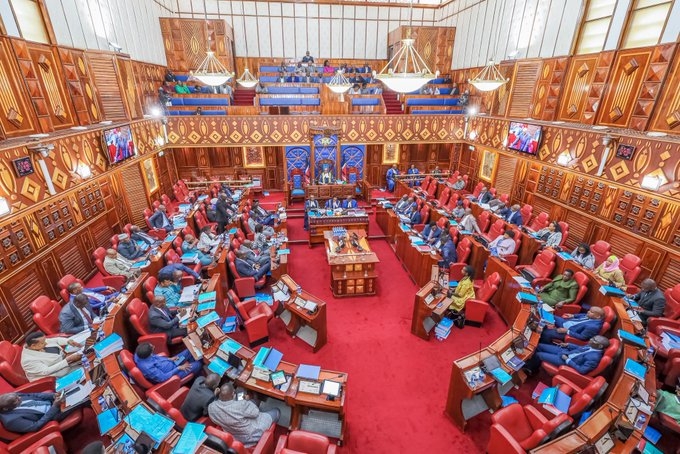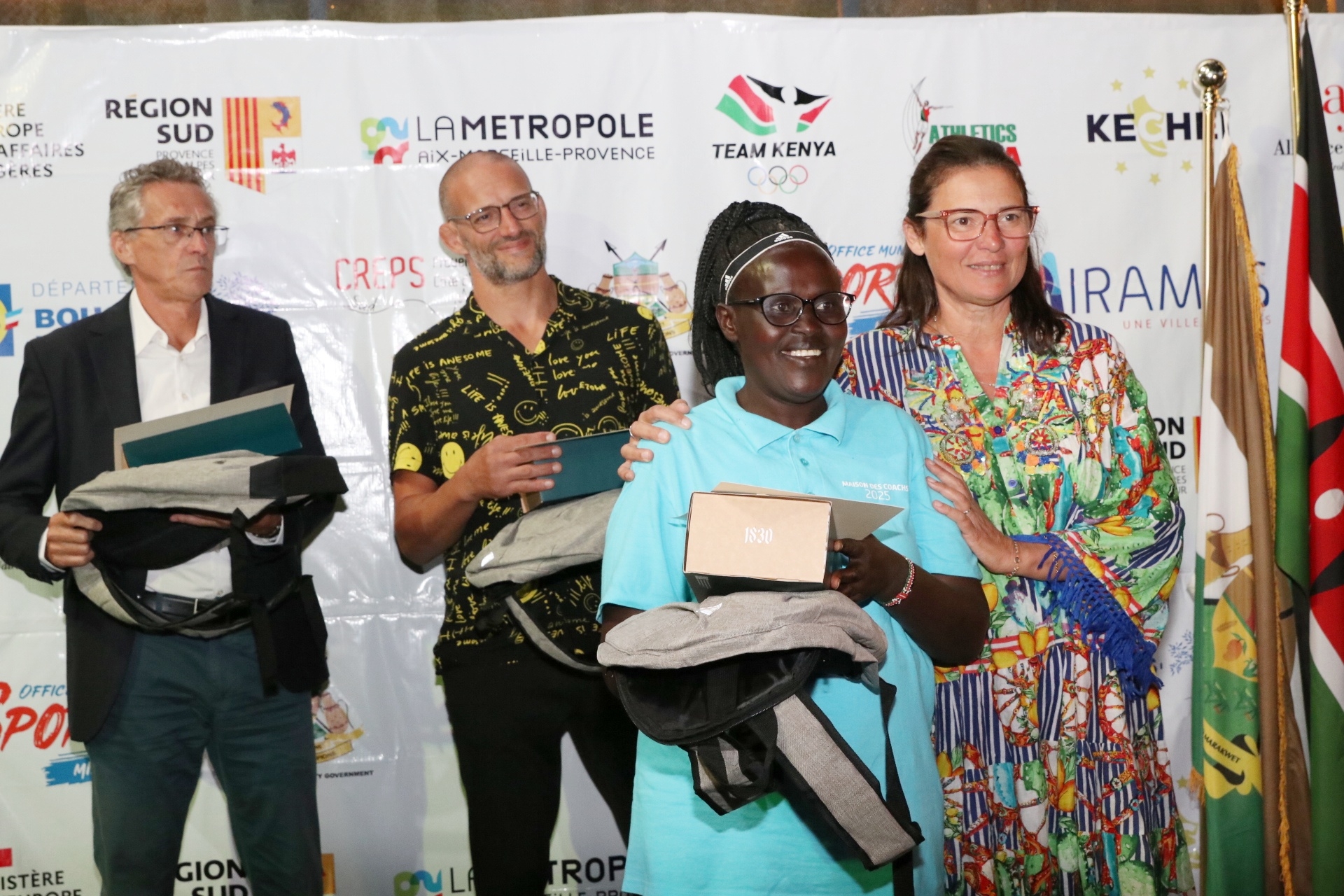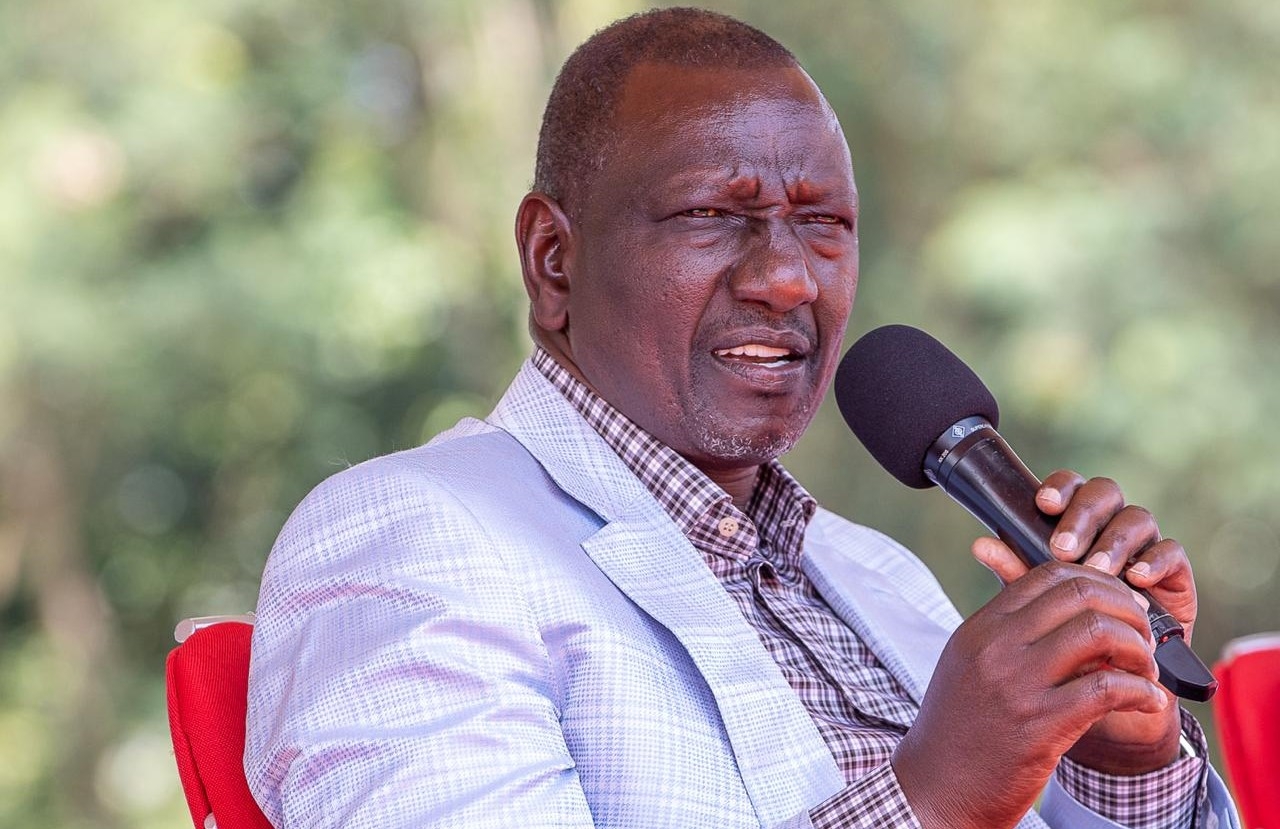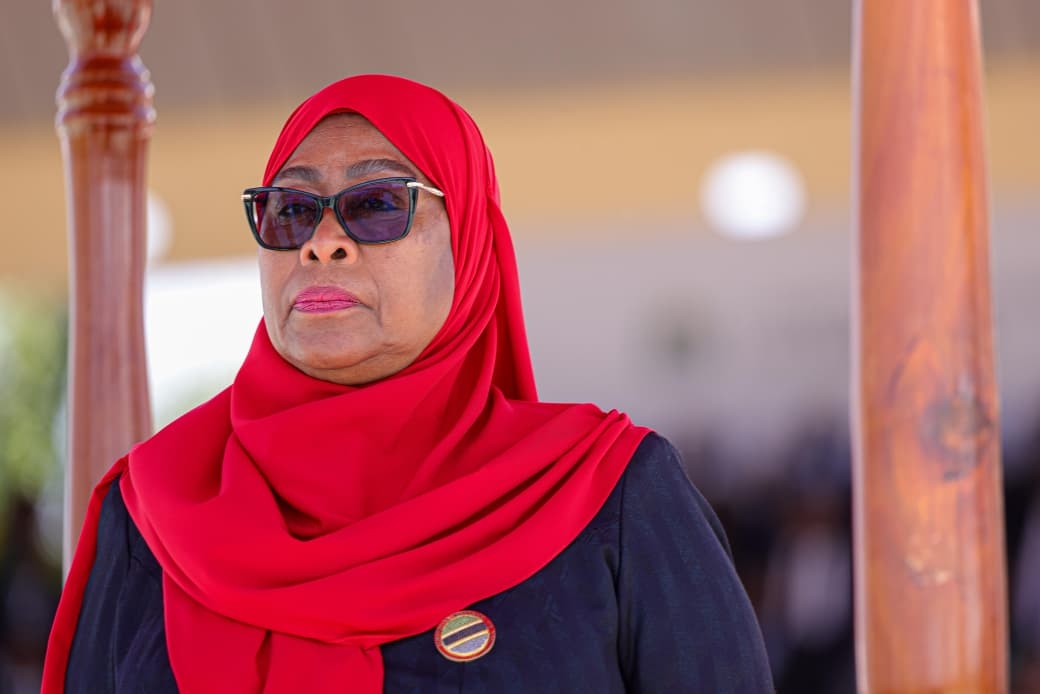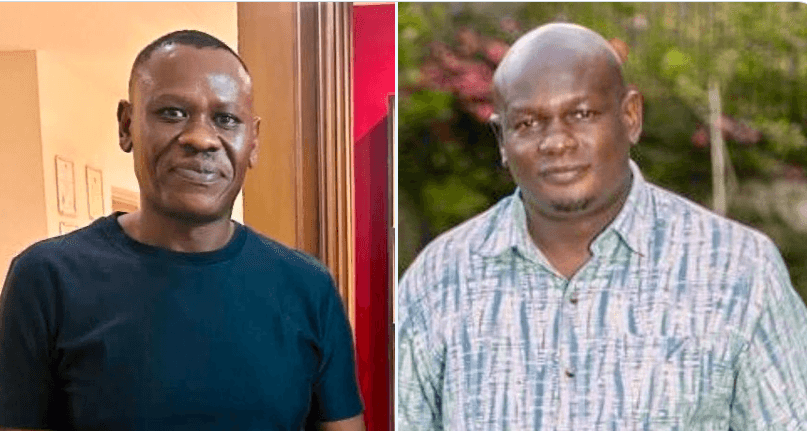For the past 48 years, Joseph Kainesiko of the indigenous Ogiek community has known the foot of Kenya's largest water tower, the Mau forest complex, as his home.
He vividly recalls his youthful days when elders would hold meetings with the younger generation to teach them the community’s language, beliefs and cultural practices.
The father of eight is the chairman of Kiptunga Forest Community Association. The Ogiek’s relationship with the water tower was essential to their way of life and ultimately their survival, he said.
“We depended on the forest for food, medicine, shelter and preservation of our culture. The word Ogiek means caretaker of all, plants and animals. However yesteryears’ encroachment of the forest, modernization and climate change are upsetting how Ogieks engaged in socio-cultural activities," he said.
Kainesiko expressed concern that the Ogiek community’s main lifeline – beekeeping - is facing its biggest threat posed by the disappearance of indigenous trees and flowers and the emergence of invasive plant species.
“Most parts of the forest are now littered with exotic tree species which, apart from being unfriendly to bees, lack medicinal value. Ogiek also relied on indigenous trees as a source of food, fuel and building materials. You do not have to cut down an indigenous tree to get fuel or building materials,” Kainesiko said.
Kiptunga Forest Community Association is in partnership with Kenya Forest Service and environmental conservation NGOs to plant indigenous seedlings at Kaptunga in a campaign to restore the vast water tower.
The chairman said the once vast fields on the fringes of the forest where wild flowers and indigenous trees thrived and sustained bees and Ogiek livelihoods have been subdivided into smaller portions after falling into private hands.
“Indigenous trees and traditional flowers support four types of honey bees found in the water tower, each defined by its body color, habitat and quality," he said.
The bees are Gaposwet, known for its honey used to cleanse the stomach; Gosomeg, a dark and harmless bee that stays underground; the relatively less aggressive Kipirgei or Pusecheeg which produces sweet honey with less wax and has medicinal value; and the quite aggressive and brown Somosireg.
Kainesiko hailed the government for initiating the planting of 10 million indigenous trees in the Maasai Mau block last year. He, however, petitioned the state and other stakeholders to support initiatives that will have the entire water tower replanted with indigenous seedlings.
“We still practice traditional beekeeping. However, some of us are adopting modern beekeeping techniques as a result of increased commercialisation of the enterprise,” he said.
The Network for Ecofarming in Africa (NECOFA) is working with 12 Ogiek community groups within the Mau complex to commercialise beekeeping.
NECOFA programme coordinator Jane Karanja said the organisation had donated modern beehives to members of the community, besides the enhancing the honey value chain which includes hive management, honey production, branding and marketing.
“A lot of degradation that happened in the Mau has disrupted their lives. We have initiated a programme to move the community from subsistence and traditional honey gathering techniques to modern and commercial scale,” she said.
With modern beehives, a farmer can collect 20 to 30 kilograms of honey per harvest compared to the traditional skills which fetch six to seven kilograms. The new initiative has also enabled women to venture into beekeeping as the hives are not suspended on top of trees,” Karanja said.
Fredrick Kenisingo, a member of Kiptunga forest, said change of environment has forced the Ogiek community to adopt a new way of life that does not support passage of their ancient history to the younger generation.
“We have a unique language which is part of our rich culture. However, over the years as a result of migration, assimilation, intermarriage and interaction some people have changed the way of speaking. It is devastating to national heritage and cultural diversity.
“Most Ogiek have adopted other cultural practices in relation to attitudes, values and social structures. It is estimated that less than 10,000 Ogiek speak their language in its original form, which is almost half of the total population. According to UNESCO, our language is among the five most endangered in Kenya,” Kenisingo said.
He said Ogiek from Northern and Central Kenya known as Digirr and Suiei totally disappeared in the mid-20th century. Those in southwestern Mau and northern parts have been assimilated by the Kipsigis, Nandi and Tugen communities. In the southern parts of Mau, he said that the Omootik have been assimilated by their neighbours, the Maasai.
"Now we have our children moving to the urban areas to seek better opportunities. Are they available to learn our language, our culture?" Kenisingo posed.
The African Commission on Human and Peoples Rights classifies the Ogiek as indigenous people with a distinct culture but whose survival is threatened due to assimilation and modernisation.
The United Nations declared 2019 the International Year of Indigenous Languages, with a call for urgent action to promote, preserve and revitalize them.
UNEP emphasizes the urgency of protecting the rights of indigenous peoples as endangering their existence diminishes the potential of achieving Sustainable Development Goals.


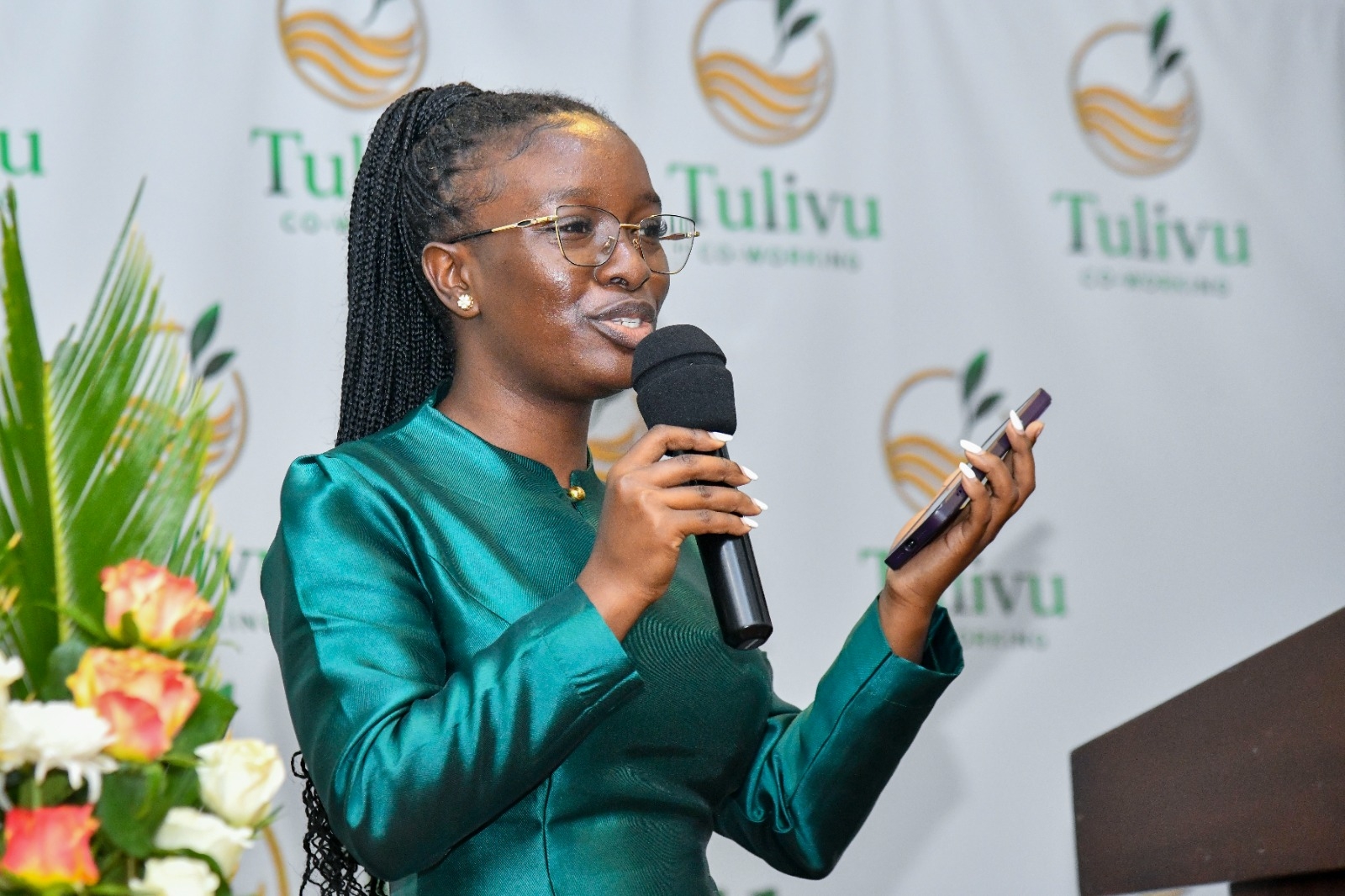

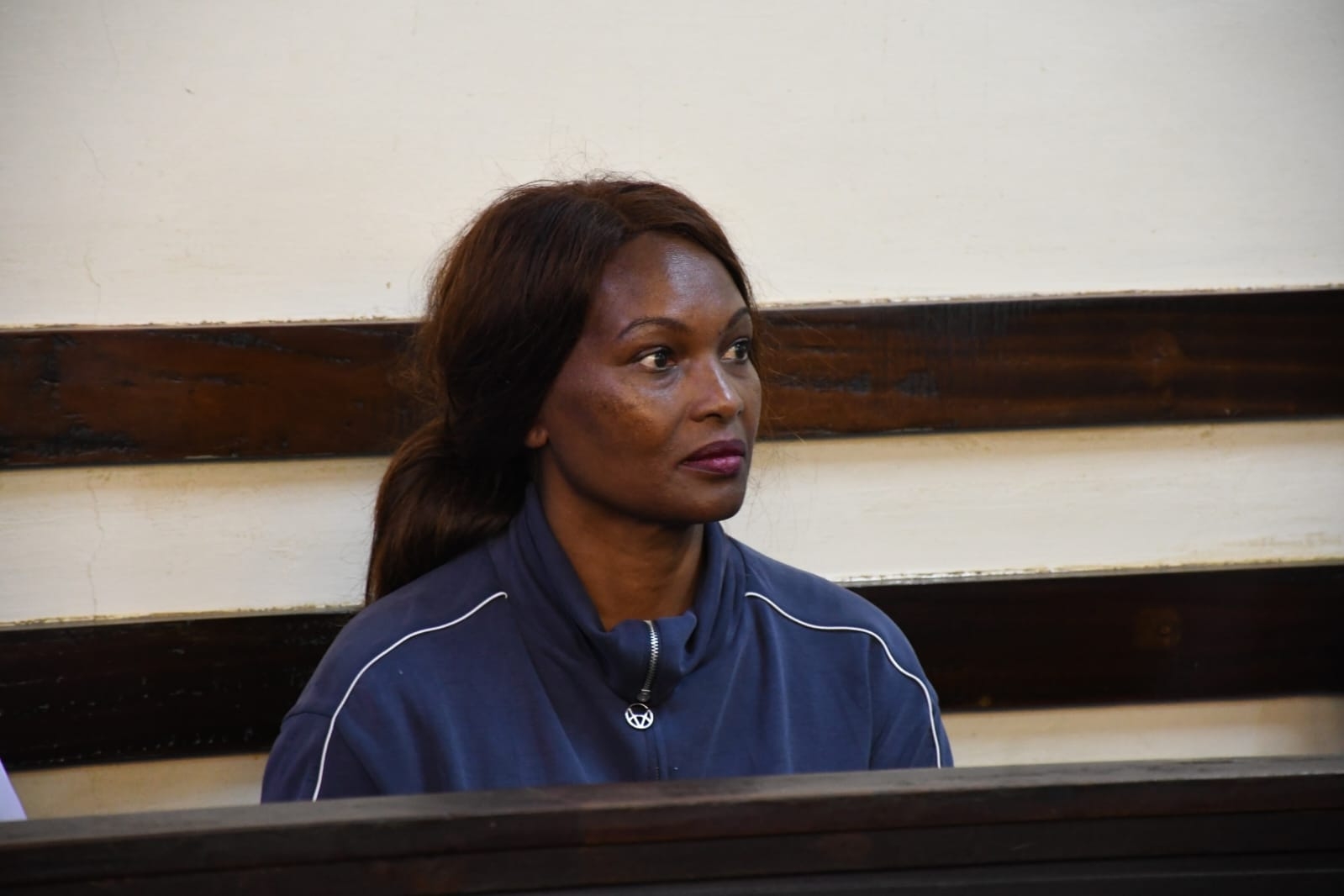

![[PHOTOS] Uhuru leads Jubilee grassroots meeting in Murang’a](/_next/image?url=https%3A%2F%2Fcdn.radioafrica.digital%2Fimage%2F2025%2F11%2F0b2a49cd-52fb-4a92-b9dc-26e253825a4a.jpeg&w=3840&q=100)



